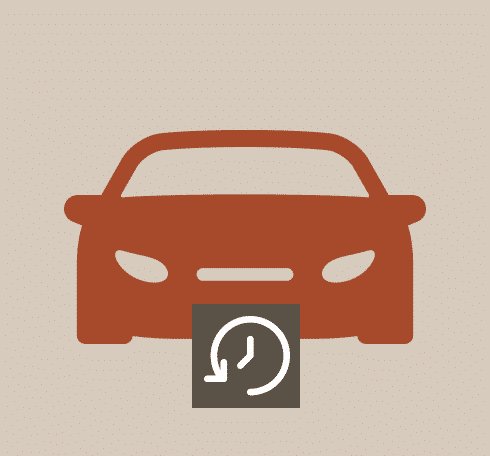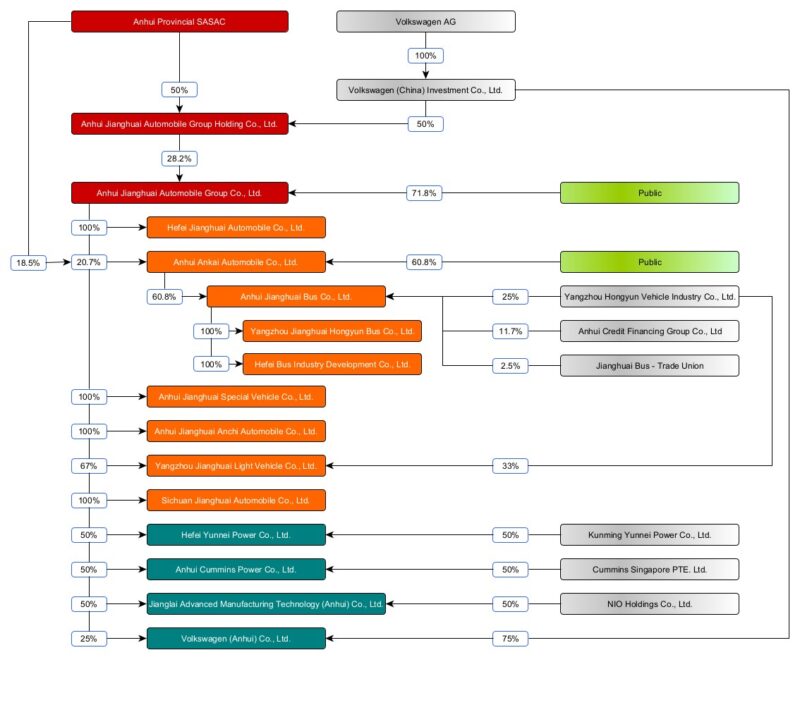The Big Read – JAC (2/3) – The passenger cars
We left Jianghuai last week at the point that it was a small truck maker and had moved successfully into the bus market. Forty years after its birth, the company started to make plans to enter the passenger car market as well. So this week we move our attention to this area and how Jianghuai managed to break through in China’s booming private car segment.
The corporate structure
In the bus story, I took the reader already up to 2010, but now we have to go back to the nineties first. As you will remember, Hefei Jianghuai Automobile Factory was a state-owned enterprise, controlled by a committee called Anhui Automobile Industry Company (AAIC). The fundamental economic reforms in the country during the eighties and nineties forced the government and directors to pursue a more fitting enterprise model. Like most of its competitors, the leaders decided on a regular corporate structure. Anhui province remained in control, but now just as the only shareholder. For that AAIC was replaced by Anhui Jianghuai Automobile Group Holding. The actual enterprise became a limited liability company with its own board of directors. The new name for Hefei Jianghuai was Anhui Jianghuai Automobile Co., Ltd. This company is usually referred to as ‘JAC Motors‘ and I will switch from Jianghuai to JAC for the brand name from here on. The changes took place in May 1997.
Similar changes took place for the Hefei Feihe Automobile Factory. They also got a corporate structure and a new name with Anhui Ankai Automobile Co., Ltd. Ankai was listed on the Shenzhen stock exchange later that same year, forecasting what was going to happen to JAC. It just took a little longer. JAC performed an Initial Public Offering in September 1999, gaining a listing on the Shanghai stock exchange. Currently, Anhui province owns about 28% of JAC, but most of the public shares are held by a large number of state-owned investment funds, usually connected to Hefei city of Anhui province. JAC got one more name change, in 2016 it got Group added to its name, making it Anhui Jianghuai Automobile Group Co., Ltd.
The corporate diagram is a bit simpler than usual:
- Anhui Jianghuai is the main manufacturer of JAC trucks and passenger cars. Hefei Jianghuai is the successor of the original factory.
- Anhui Ankai is the main manufacturer of JAC and Ankai buses. Anhui Jianghuai Bus is the successor of the original Hefei Bus Factory.
- Both Yangzhou Jianghuai companies are related to the former Nushen (Goddess) factory, with Hongyun being the majority owner before JAC.
- Sichuan Jianghuai is a light truck factory (for the Weiling sub-brand).
- Jianghuai SPV makes conversions of JAC trucks, like dump trucks or sanitation vehicles. It’s the continuation of the Anhui Wandong Machinery Factory.
- Hefei Yunnei Power and Anhui Cummins Power are diesel engine manufacturers. Hefei Yunnei might be 100% owned by Yunnei Power, but I can’t find confirmation.
- Some other entities and relations I will explain later in the article.
The Korean connection
Just prior to being incorporated, JAC concluded a deal that would define a lot of its development for the next years. In April 1996 JAC introduces the HFC1061 range of light trucks, with model names like Shuailing and Kangling, to complement and replace its aging line-up. Technically this truck is related to the Hyundai Porter, itself a rebadged Mitsubishi. JAC had been seeking outside assistance for its technical development and South-Korean Hyundai is the chosen partner. A few months after the introduction of the HFC1061, both companies announced a formal technical cooperation agreement, lasting ten years.
Initially, the agreement only covers JAC’s core business, light trucks. But Hyundai notices JAC’s success as a bus chassis manufacturer and soon the deal is expanded to include this product line as well. When JAC wants to enter the heavy truck segment in 2002, it again turns to Hyundai. Another amendment to the deal leads to the first generation of Geerfa heavy trucks. In between, however, is JAC’s first step towards passenger car production.
In 2000 the JAC directors formulate a strategy to enter the private car market. It starts with the construction of a new factory in Hefei, but product selection is the next step. JAC decides on making an MPV, a very popular type of car at the time. In Hyundai’s catalog, there’s the Starex (or H1, depending on the market), a mid-size MPV related to the Porter/HFC1061 truck. If it sounds all logical to you, so did it to the Hyundai directors. In 2001 the JAC_Hyundai technical cooperation also covers the Starex model.
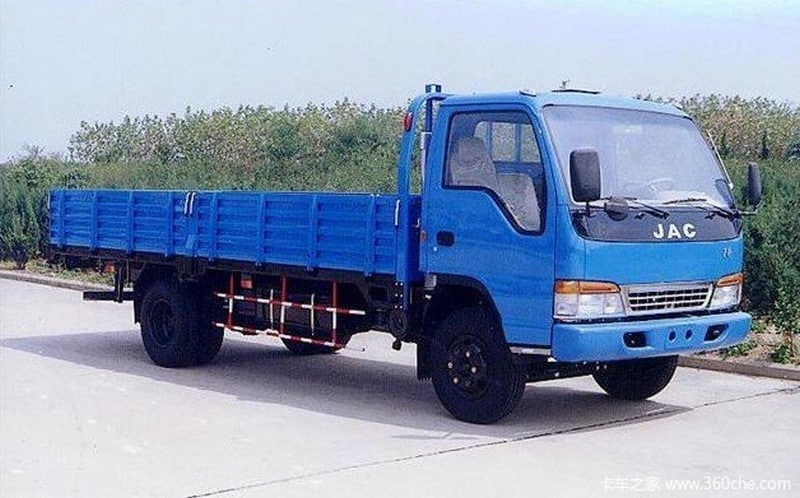

So on March 18, 2002 the world greeted another new Chinese passenger car company, as the JAC Ruifeng (Refine) rolled off the assembly line for the first time. The Ruifeng was technically identical to the Hyundai Starex, only the grille and front bumper were a slightly different design. And of course the car sported JAC badges. The Ruifeng came powered with Chinese built Mitsubishi engines. As you might remember, JAC had its own combustion engine production from the very beginning and soon the company started making (and evolving) its own versions of the well-known 2.0 and 2.4 litre Mitsubishi 4-cylinder unit.
JAC’s second car was another rebadged Hyundai. Based on the Santa Fe, JAC presented the Ruiying (Rein). It was available with the same engines and also with optional all-wheel drive. Again the visual appearance of the Ruiying stayed very close to the Korean original. Some sources say JAC even produced some cars with Hyundai badges, prior to the Ruiying introduction in October 2006.
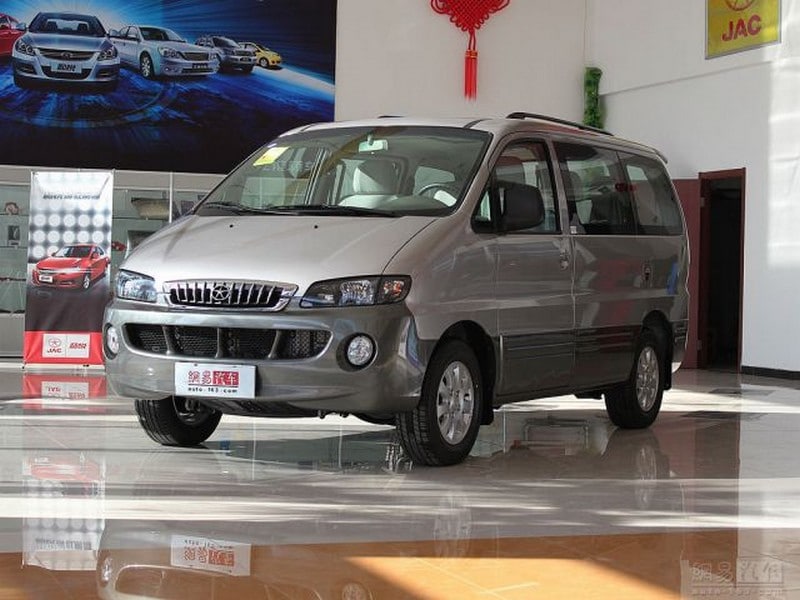

Do it yourself, again
In last week’s story, I had a section with the same title, describing the period when Jianghuai had to develop its own truck with limited resources at the start of the Cultural Revolution. A similar episode occurred in 2006. Just when JAC’s passenger car program began to pick up the pace, the collaboration with Hyundai came to a screeching halt.
Up to 2006 both sides were pretty satisfied with the level of cooperation and negotiations were ongoing to upgrade to a full joint venture. However, JAC insisted on independently developing new heavy trucks for the Geerfa model series and excluded some core technologies from the joint venture. This move aroused strong dissatisfaction with Hyundai. After several negotiation rounds were unsuccessful, both parties refused to give in, Hyundai finally abandoned the joint venture plan with JAC and instead took its expertise to small, independent manufacturer Huatai, that would quickly make its own version of the Hyundai Santa Fe, called Huatai Shandafei.
So JAC was back on its own, but it did not abandon its ambitious passenger car plans. The company already some R&D capability itself. Additionally it set up a technical centre in Japan, for concept design and talent scouting, and a design centre in Torino (Italy), that initially worked closely together with the Pininfarina studio. And for real world application of its vehicles, JAC engaged the assistance of some internationally renowned engineering firms, like Austrian AVL for its engines.

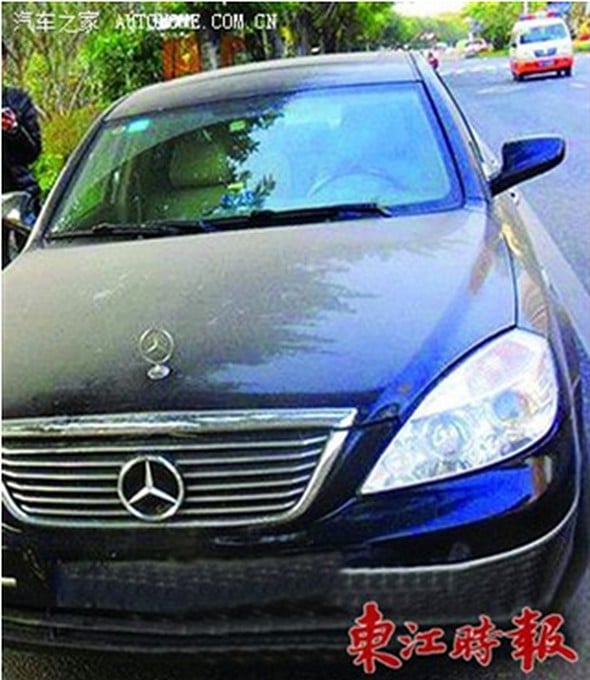

And the Chinese work fast. In January 2008, JAC’s first sedan went into production. The Binyue, as it was called, was a large sedan with a modern platform and the JAC-built, Mitsubishi-designed engines. The obvious problem was its ‘Italian’ styling. The car gained national notoriety when a CCTV news item during the Spring Festival featured an owner that had replaced the JAC logo, a five-pointed star, with the well-known three-pointed emblem from a German brand, trying to convince his neighbours he had bought a Mercedes S-class. Contrary to what you might think, this boosted the popularity of the car immensely. For a while, the Binyue sold very well, especially for a new brand, but then the owners found out build quality was not up to German standards and the car quickly faded into oblivion.
With the cooperation between JAC’s Chinese, Japanese and European development centres becoming increasingly more effective, the second model was already revealed on the Beijing Auto Show of 2008. And only a few months later it arrived at the dealerships. JAC’s second attempt was a sub-compact sedan called Tongyue, quickly followed by a hatchback version (Tongyue RS). The Tongyue has fresh and modern design, comes equipped with reliable Mitsubishi-sourced engines and the basic versions cost less than RMB 50.000. The low price opens the brand to a whole new demographic, youngsters who are after their first car.
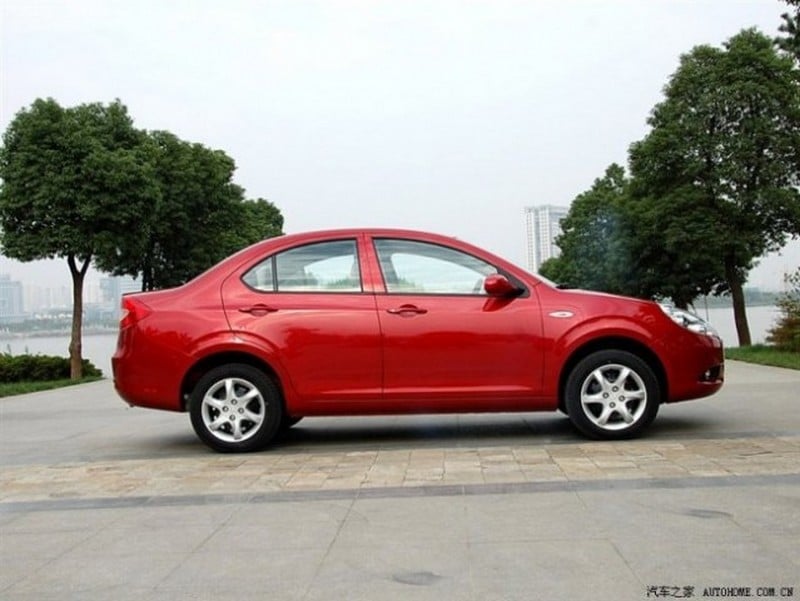
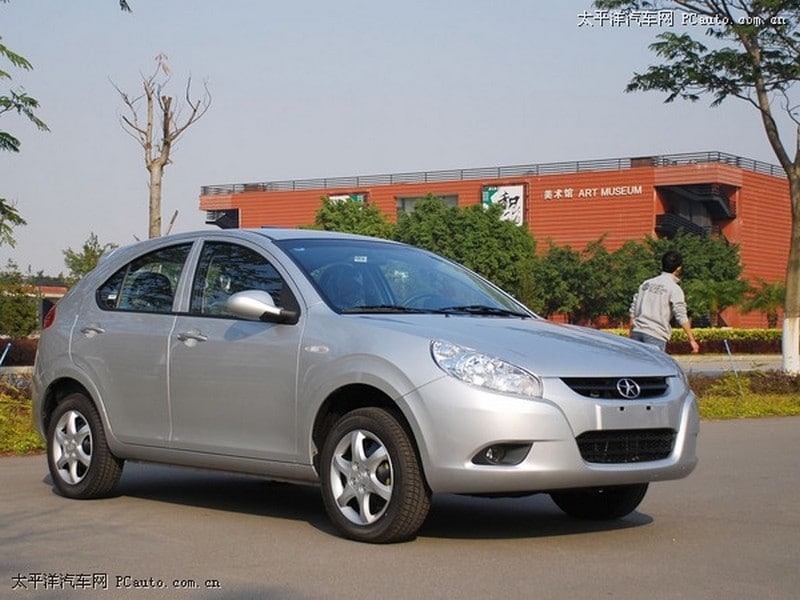
Brand development
JAC continues the bread-and-butter approach with two additional models in 2009 and 2010. The 2009 Heyue is a compact sedan, slotting in between the Tongyue and Binyue. Again styled by the Italian design center in cooperation with Pininfarina, it shares the friendly looks with its smaller sibling. Engines are the 1.5 from the Tongyue or a 1.8 that also finds its way to the Binyue. The Heyue also comes as RS-model, an MPV smaller than the Ruifeng.
JAC completes its line-up with the entry-level Yueyue, a small city car competing with the Geely Panda or Changan Benben. The Yueyue was powered by a 1.0-litre engine, although a larger 1.3 followed after a 2012 facelift. Sales got a boost when JAC added a version with roof rails, called Yueyue Cross.
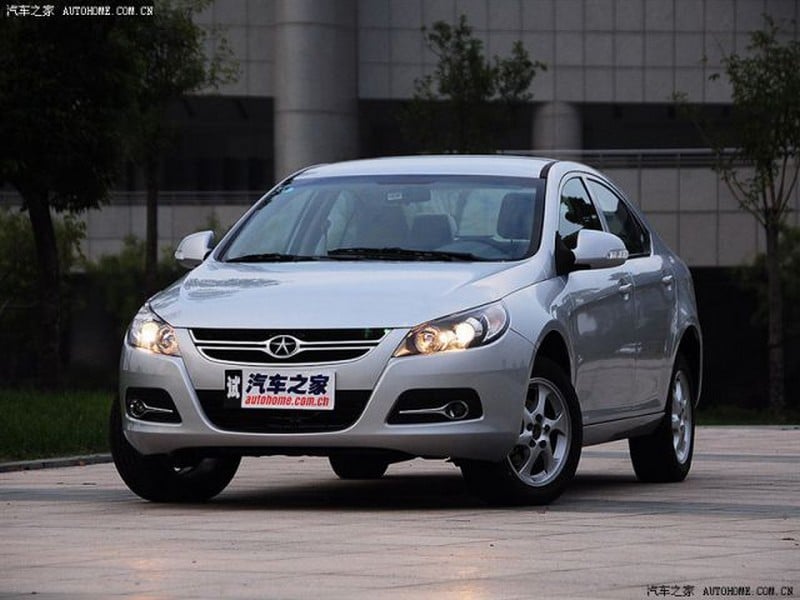

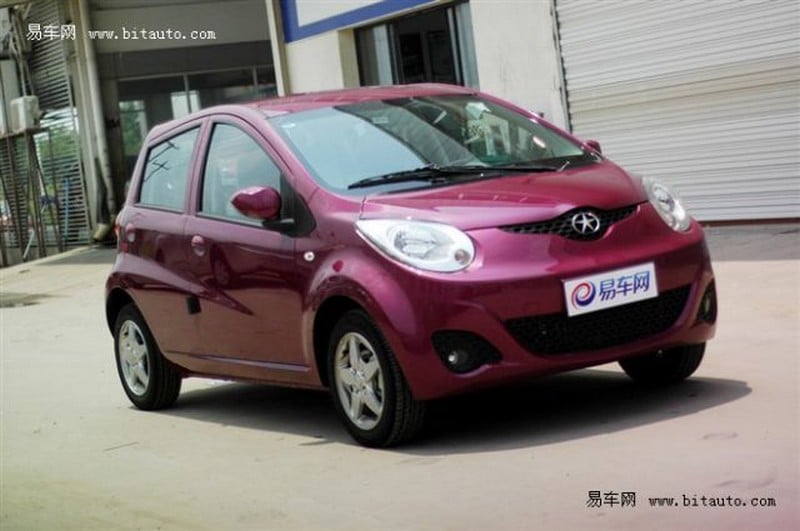
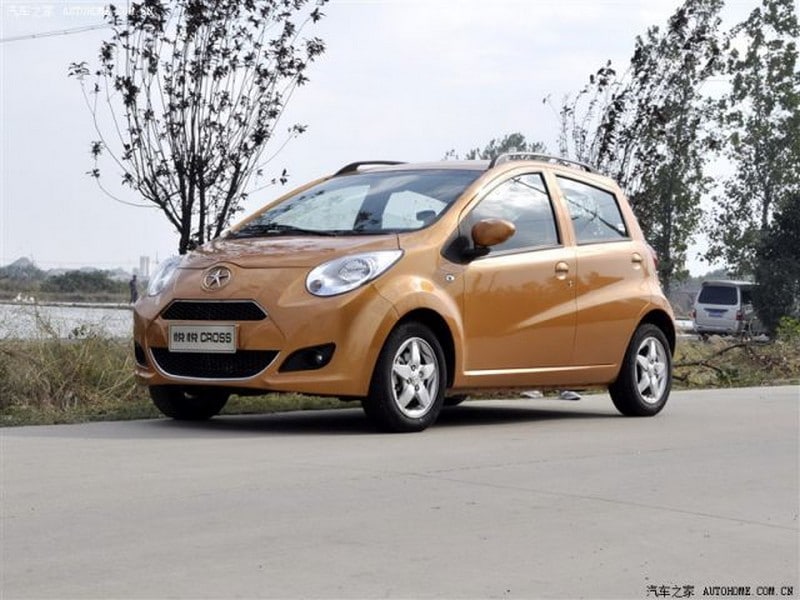
Chinese car marketing is sometimes incomprehensible, at least to the outsider. Many companies litter the market with brands, sub-brands, sales with fancy names, or whatever they can come up with. JAC joined the party with two sub-brands. With its model line-up in place, it had established itself as a mainstream carmaker, operating at the lower end of the market. The cars looked nice, and were cheap, but probably not the best quality. Sales increased steadily, but it was hardly profitable. To improve the situation, JAC split its line-up into two model series: Heyue for the low-cost sedan and MPVs and Ruifeng for more up-market SUVs and MPVs. The sub-brand would be followed by a letter-number combination, designating body type and size.
The first car under the new regime was the Ruifeng S5 in 2012, a compact SUV. This is a new car and successor to the Ruiying (Santa Fe). The design falls in line with JAC’s other cars, but still has a certain Korean vibe about it. At the same time, the second generation Ruifeng MPV got the M5 suffix, to comply with the new naming convention. The Binyue got quietly discontinued, while JAC facelifted its compact models and renamed them under the Heyue sub-brand. That came at a convenient time as a Chinese consumer TV show had just aired a report about Tongyue models already rusted during assembly.
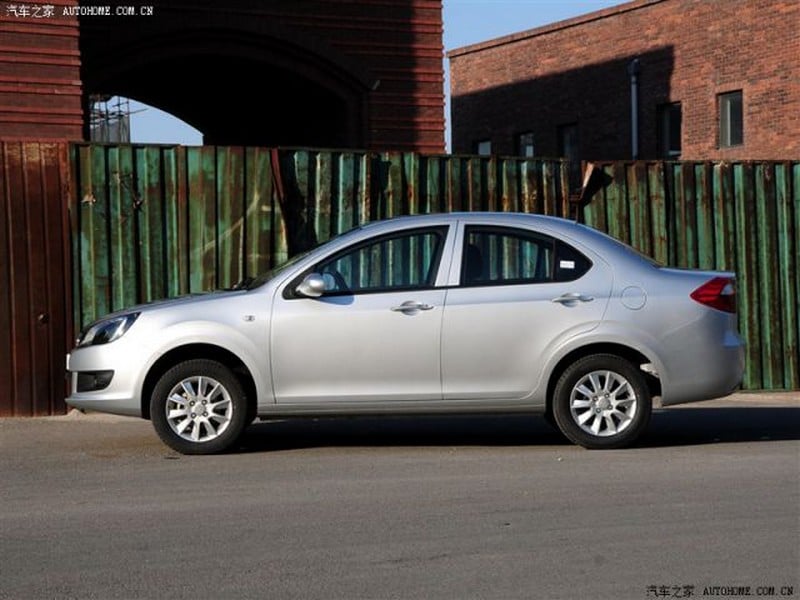
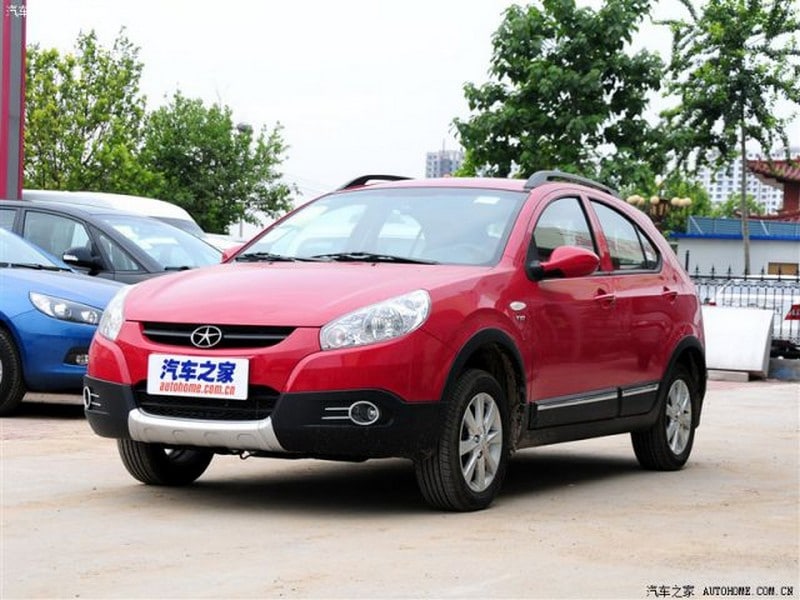
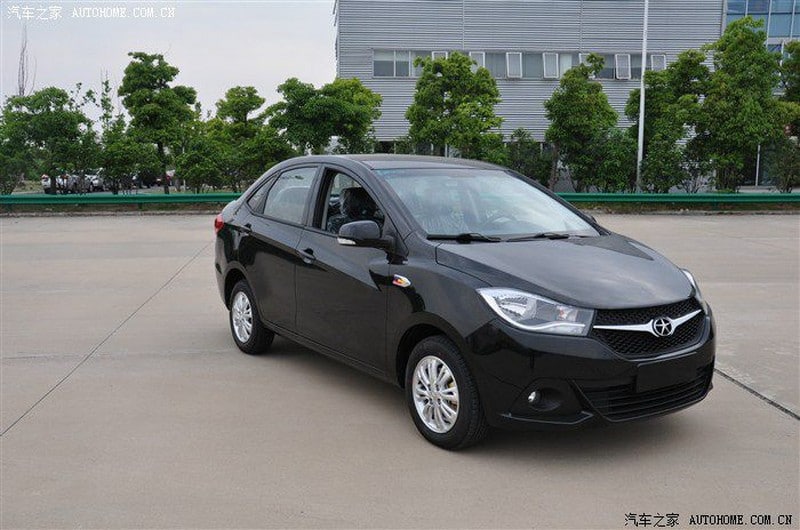
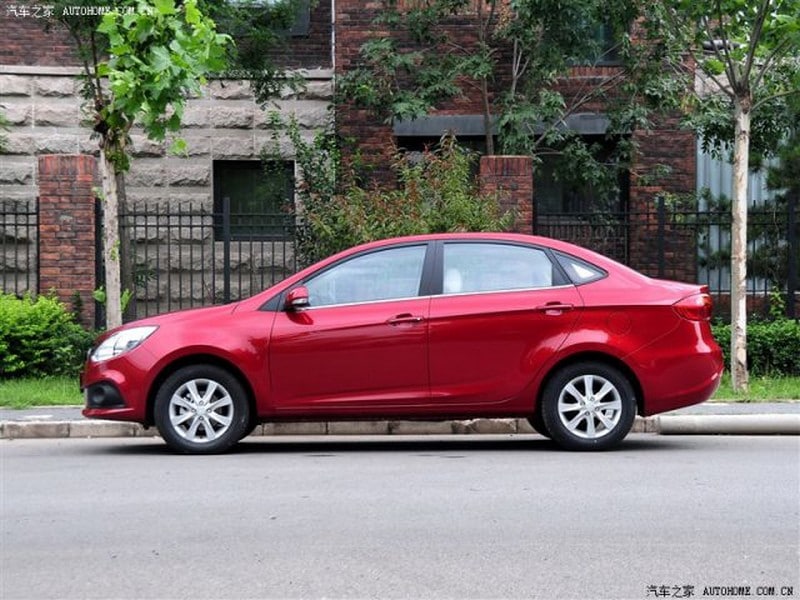



That the naming scheme was even confusing to JAC itself, became apparent with the sub-compact SUV launched as a concept vehicle at the 2013 Guangzhou auto show. There it was called Heyue S30, but a few months later, when it arrived at the dealerships, the name had changed to Ruifeng S3. In fact, no new models were introduced under the Heyue sub-brand after 2013. Some Heyue cars remained in production for quite a few years still, but the sub-brand was pretty much dead when it started.
However, a new sub-brand filled the void, iEV. As the name implies, this sub-brand targeted the market for electric cars. The New Energy revolution in China started with city buses, as mandated by the government. JAC, being an important bus maker, had plenty of experience with putting electric motors and batteries in vehicles. It even set up its own battery pack assembly plant, called Huating. So the early progression to electric passenger cars came naturally. JAC iEV introduced a whole range of vehicles, all converted from the combustion engine line-up, starting in 2014.

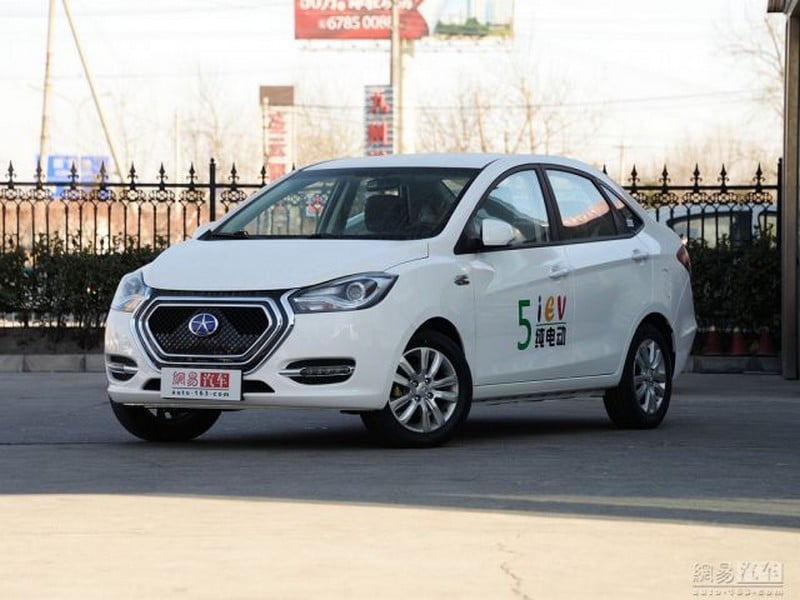
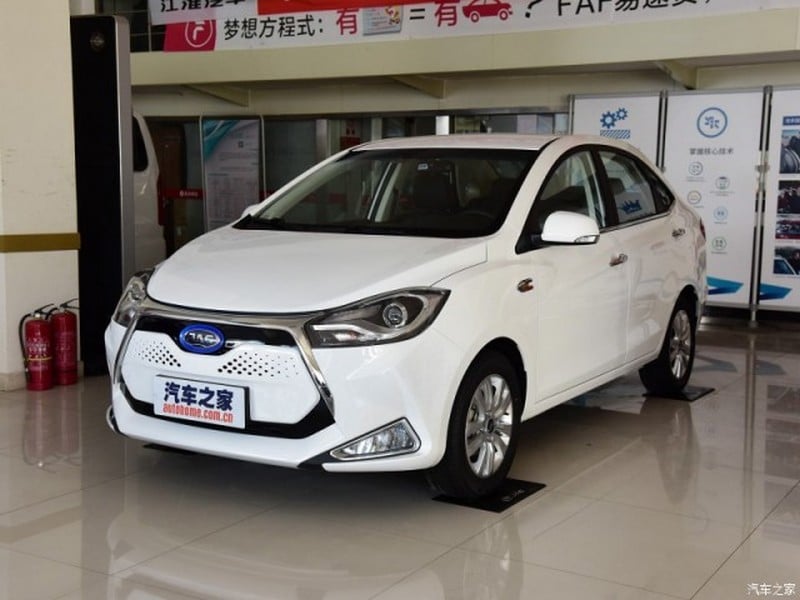



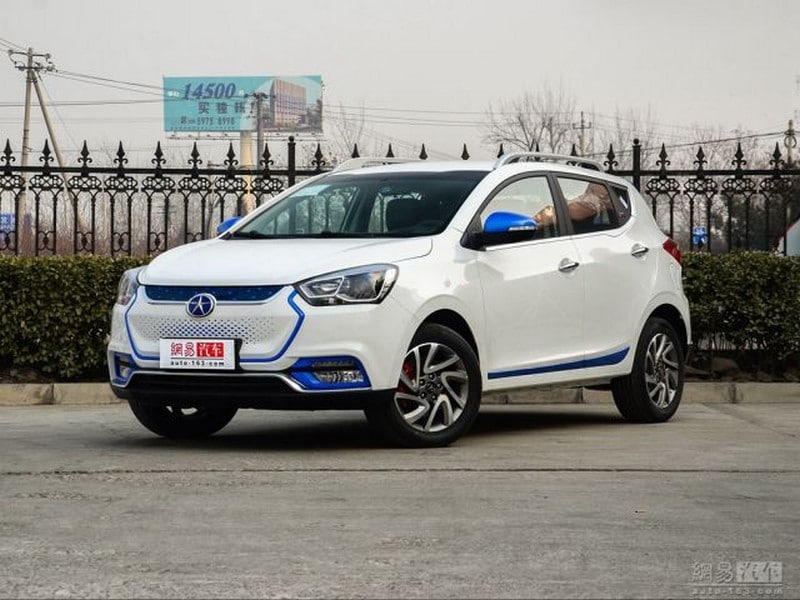
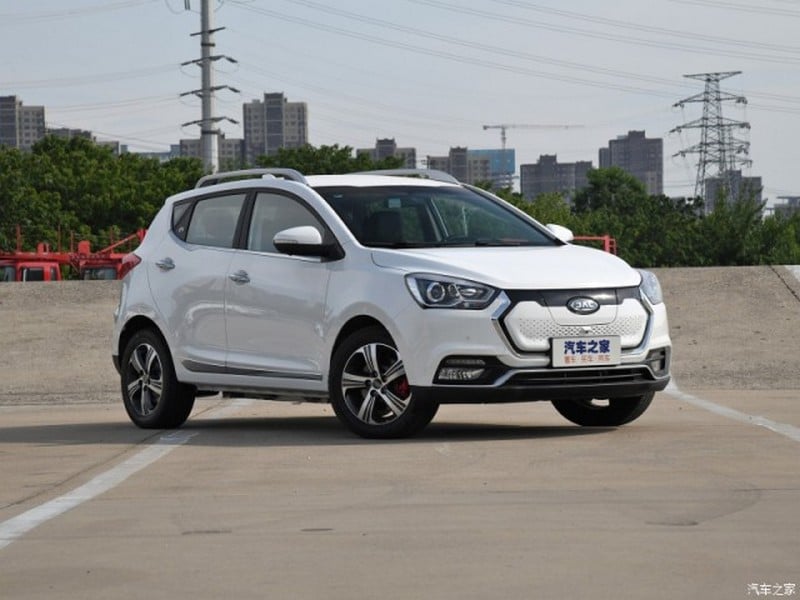
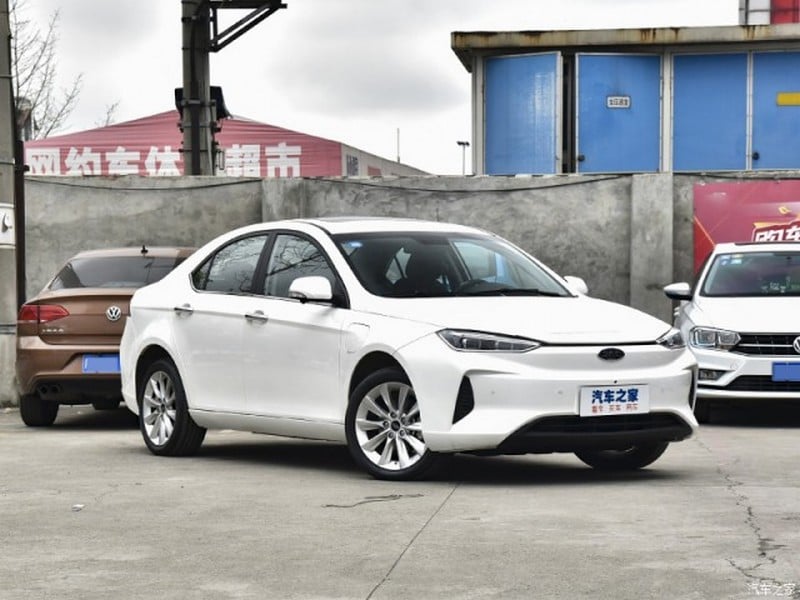
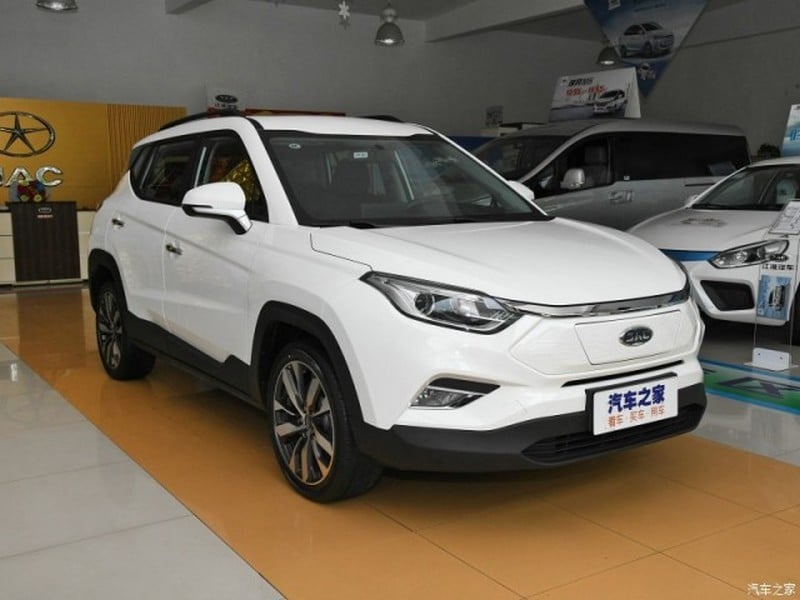
Peak, decline and the road to recovery
So by the mid-2010s, JAC had an entire catalog of technologies with self-owned intellectual property rights. It used this toolbox to gradually expand the line-up of cars. With the MPVs, JAC introduced lower-cost versions of the Ruifeng M5 as M3 and M4, and a luxury version as M6. The Heyue RS was facelifted and renamed Ruifeng M2. And JAC found space for another people carrier, the Ruifeng R3.
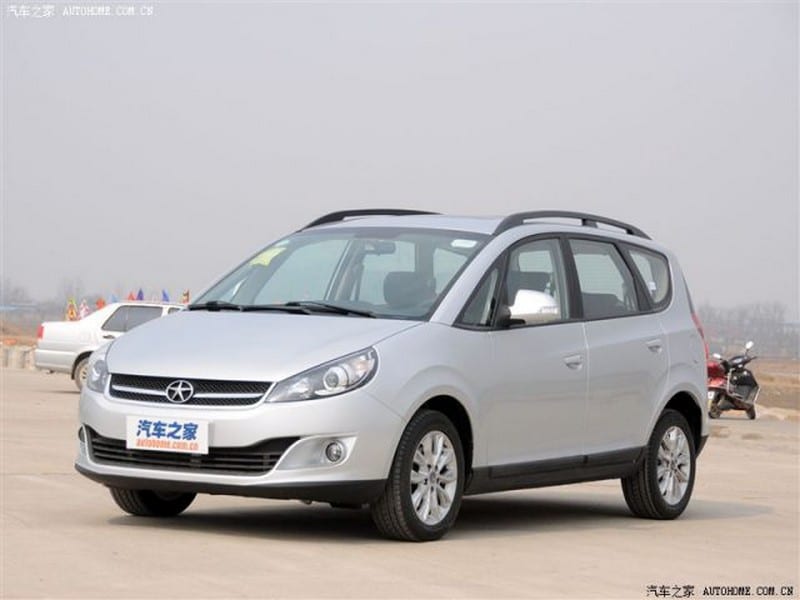


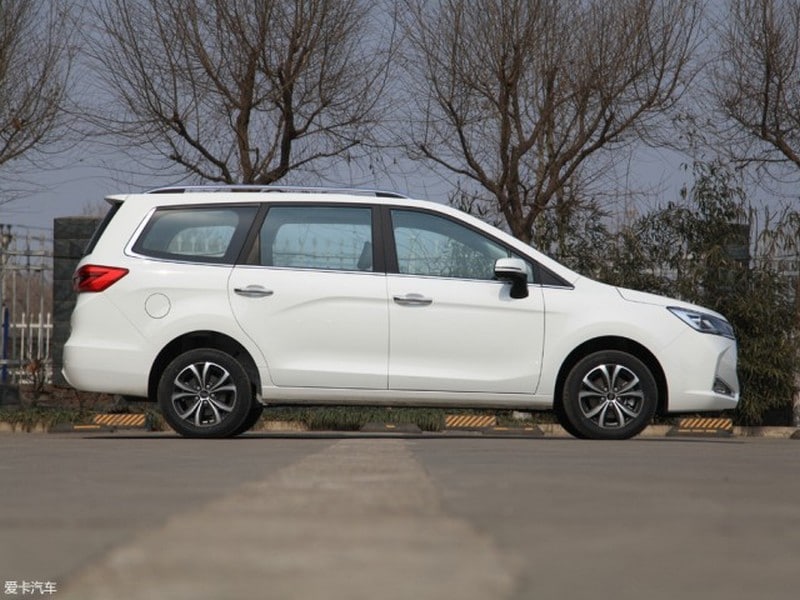
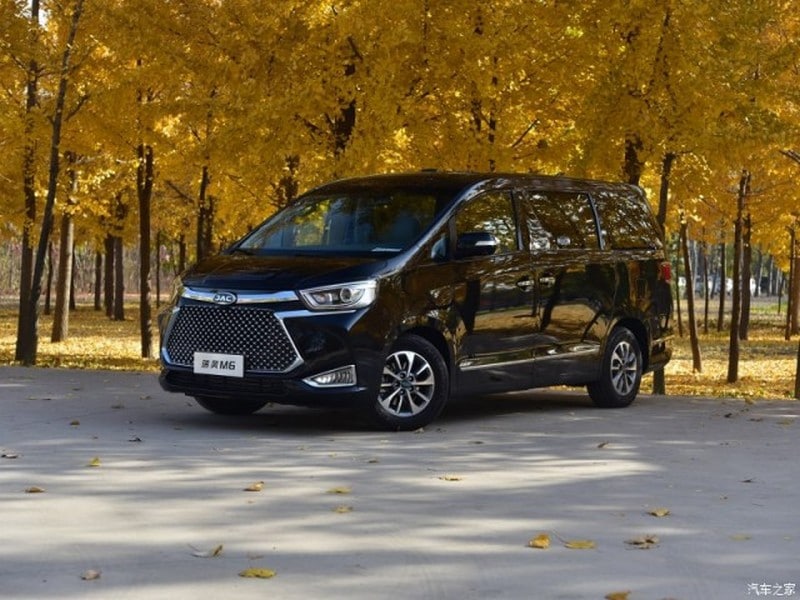
It’s a similar story with the SUVs. The Ruifeng S4 slotted in between the S3 and S5. At the lower end of the range, the Ruifeng S2 was added and the Yueyue Cross was turned into the Ruifeng S2 Mini. At the other end of the spectrum, the 7-seater Ruifeng S7 topped the line. The sedans however mostly disappeared, only a few survived as EVs under the iEV sub-brand. JAC’s only addition to the traditional car segment was another attempt to make a large sedan. This was the Ruifeng A60, designed to go up against the Toyota Camry and alike.
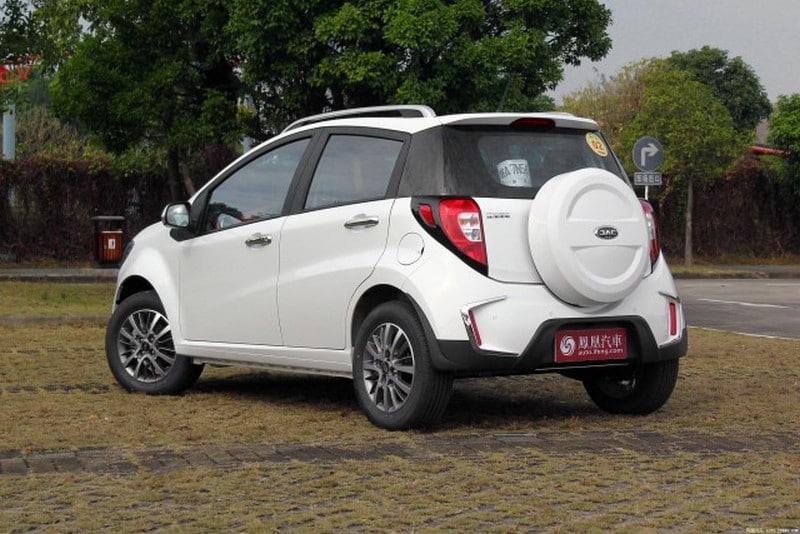
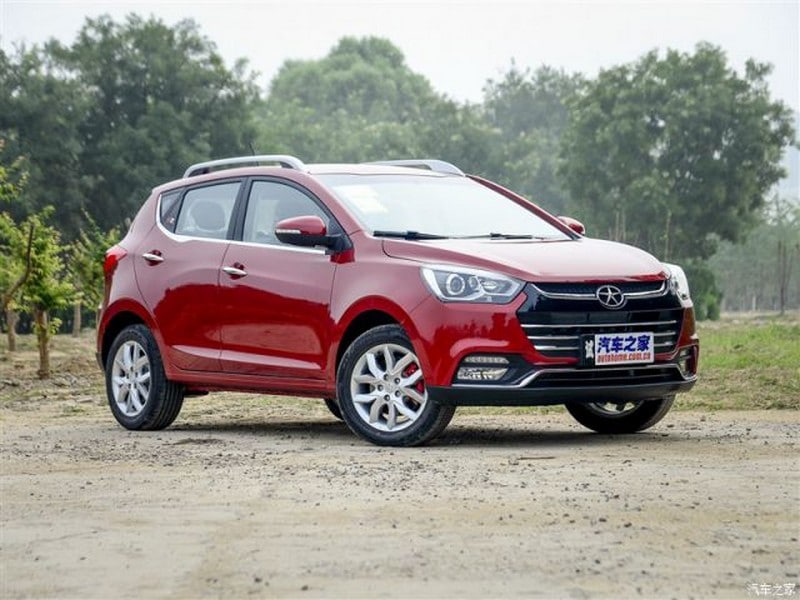
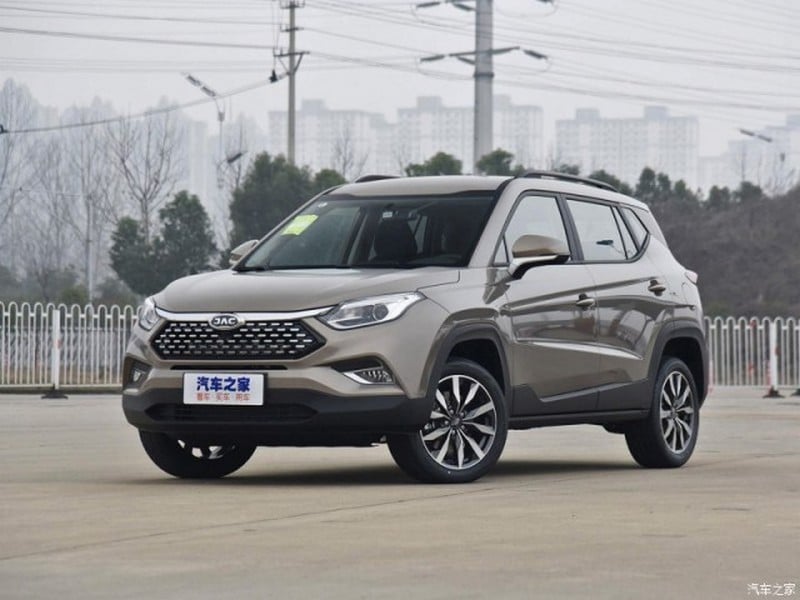

Where did this all lead to? Well, JAC grew steadily from hardly any cars in 2003 to 200.000 cars produced in 2014, making it a mid-sized manufacturer. Sales peaked in the next two years, with approximately 350.000 cars made each year. And then it was downhill, fast. Last year JAC only made 150.000 passenger cars. The truck segment had its largest growth in the first decade of the century and stabilized thereafter. JAC has maintained its market share there. Here’s a statistic: in 2012 produced about 450.000 cars total, of which 150.000 passenger cars. In 2021 the numbers were roughly the same. That of course disregards the huge passenger car peak in between, but it also shows JAC’s development pretty much stagnated.
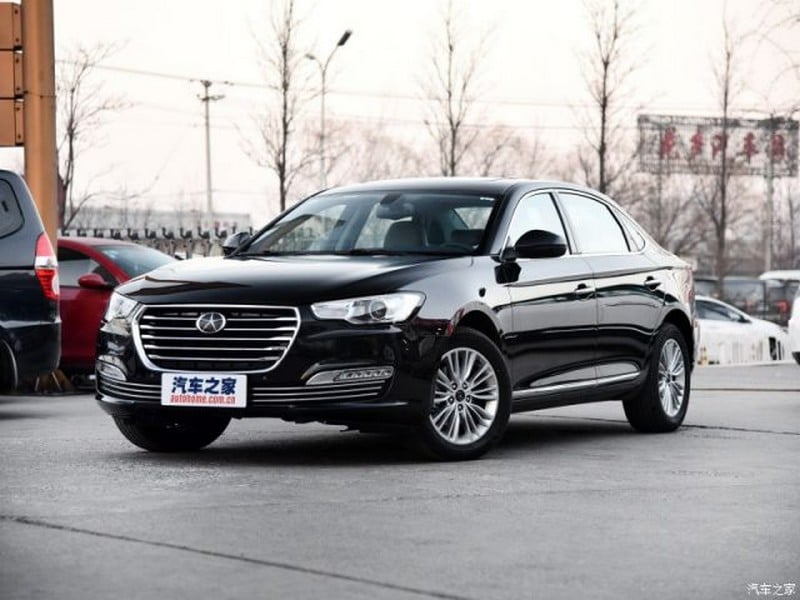

JAC’s passenger cars are still regarded as budget models, at the lower end of the market, while the Chinese consumer is looking for more advanced products. The cars on sale are basically still ‘first generation’ models, all based on the technology developed for its market entry around 2010. So something needed to change and JAC choose a proven strategy: invent a new sub-brand.
And it has to be said, the first car under this Jiayue sub-brand was a promising attempt. A fresh design on a new platform and with a modern engine. And it was JAC’s first new sedan since 2016. The Jiayue A5 launched in late 2019. JAC didn’t waste time and revamped facelifted versions of the Refine S4 and S7 to Jiayue X4 and X7 respectively in the spring of 2020. A new range-topping Jiayue X8, sharing much of the A5 technology, was presented at the Chengdu auto show in July, but when it went on sale in October, it was named Sehol X8.
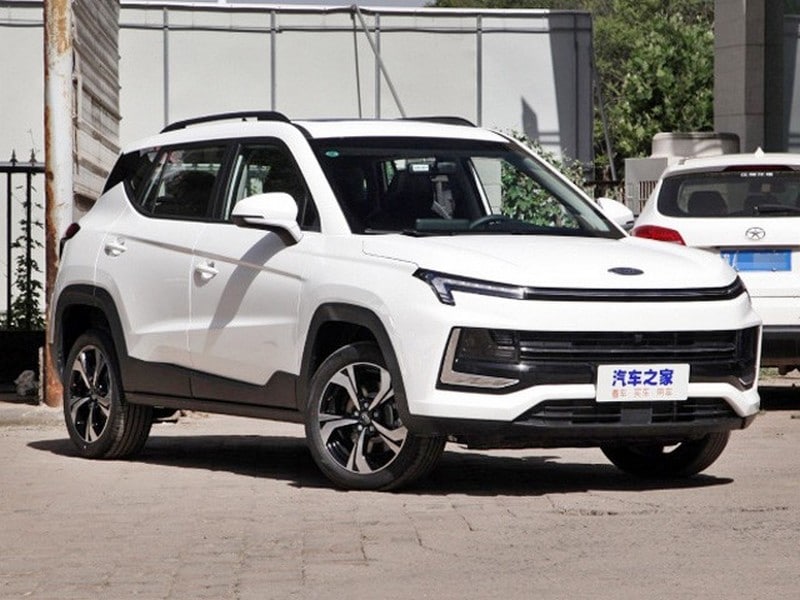

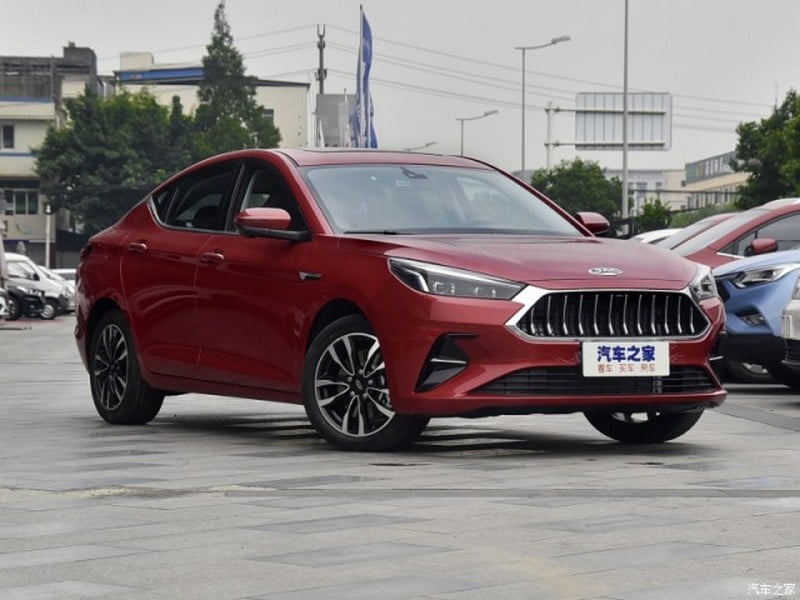
Deus ex Machina
Sometimes reality moves quicker than you can make plans. JAC was never a wealthy manufacturer, but not cash-strapped either. They always pursued their own R&D, but had to make do with limited means. So they couldn’t do anything at once. But halfway through 2020, there was some unexpected help. Volkswagen bought half of the company’s, up till then state-owned, holding company and provided some cash and inspiration for JAC’s revival.
We’ll get up to speed with the Volkswagen story next week, but for now, it’s enough to know the pre-existing JAC-Volkswagen joint venture had an unused brand, called Sihao in Chinese and (up till then) Sol in English. Volkswagen turned the brand over to JAC and the Chinese ended their sub-brand strategy. That makes JAC Jiayue a short-lived affair. Instead, JAC started a new dual-brand strategy. Sihao was re-translated in Sehol and will be the brand for sedans and SUVs, cars for the general public. Besides that, JAC elevated the Ruifeng name to a full brand for professional applications, now in its English translation Refine.

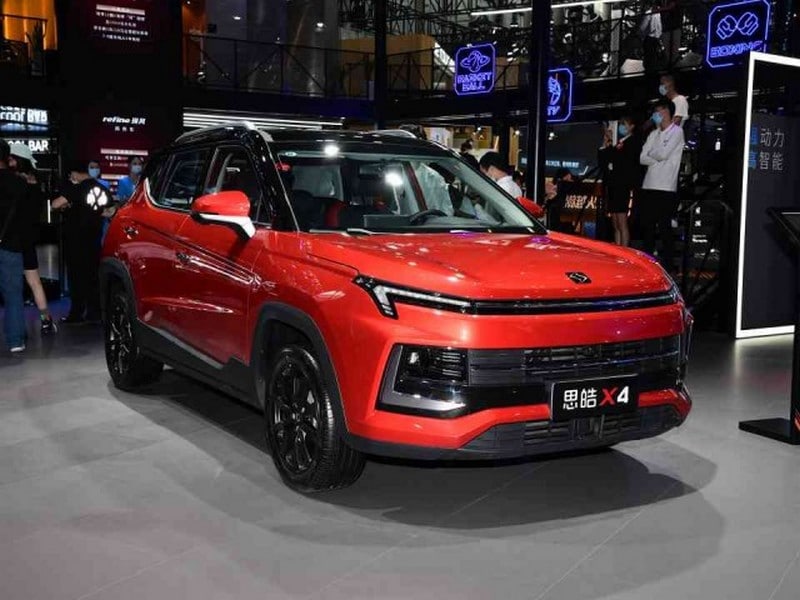


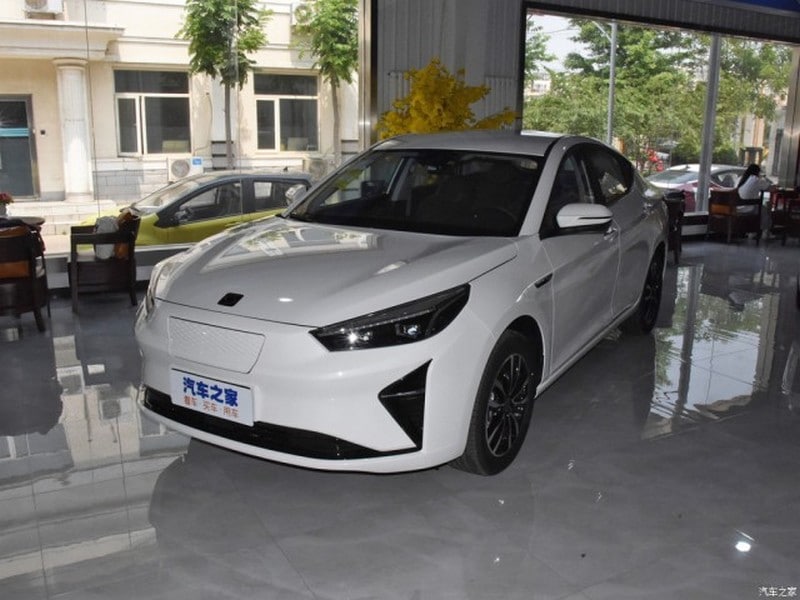
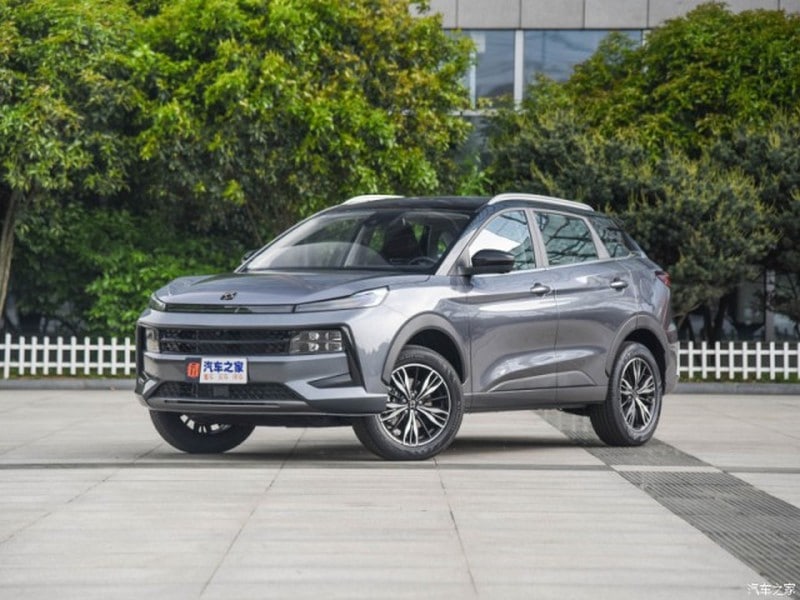




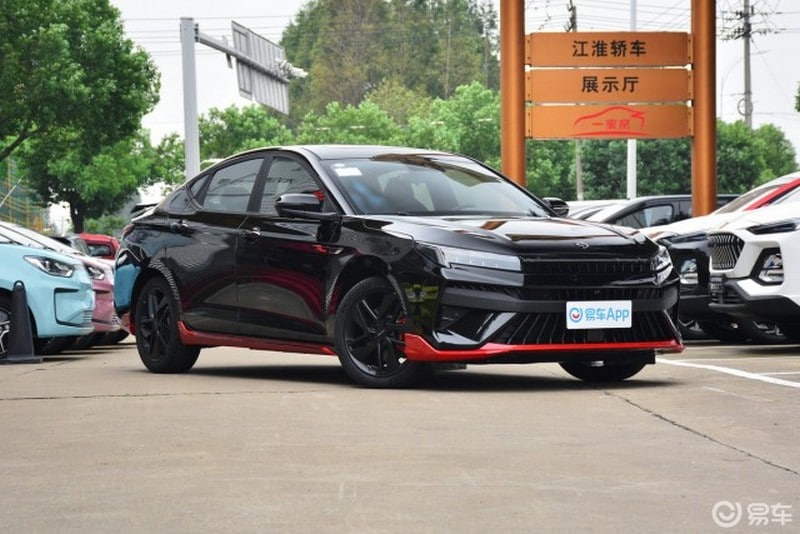
The new Sehol cars were essentially still old JAC designs, but the Volkswagen money allowed for some rather extensive updates. The most successful models from the Ruifeng and iEV range quickly got Sehol successors. And based on the A5 sedan, Sehol introduced its first real new car as well. It’s another SUV, called Sehol QX. An electric version will follow this year as Sehol E50X. The Refine brand is targeted at the commercial market, like taxis and shuttle services. The Ruifeng M3 and M4 were quickly converted to the new brand. For the larger models M5 and M6, Refine introduced luxury versions called L5 and L6.
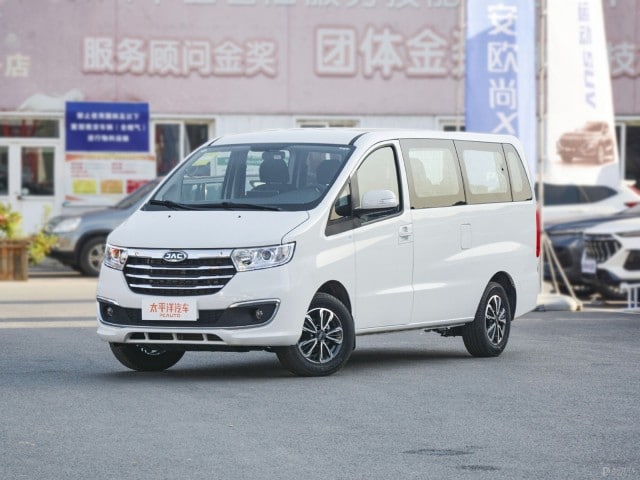

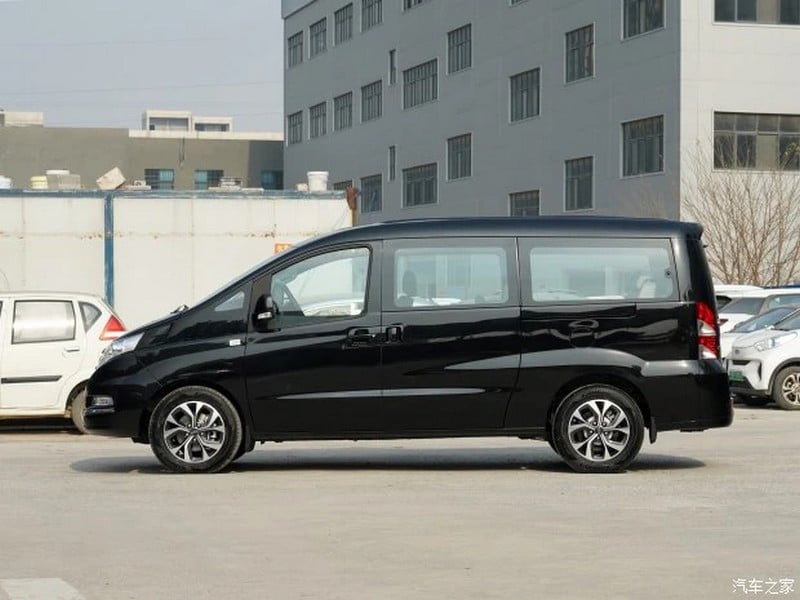
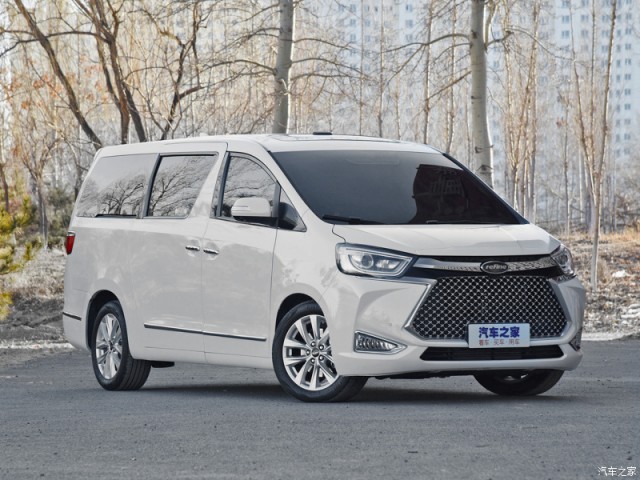
JAC is still in the middle of the transition. Some models are still sold as JAC Ruifeng or JAC iEV, while JAC Jiayue has been canceled already. It’s likely all remaining JAC branded cars will eventually end up under the Sehol or Refine brand. The JAC name will then be reserved for (light) commercial vehicles.
Next week
In the final episode about JAC, we’ll examine how it went from acquiring Anchi Automobile to cooperating with NIO. And of course, the arrival of Volkswagen in Hefei.
Read more Automakers Stories
Every week we publish one exiting article about history of famous Chinese Automakers. Check the ones you haven’t read yet.
